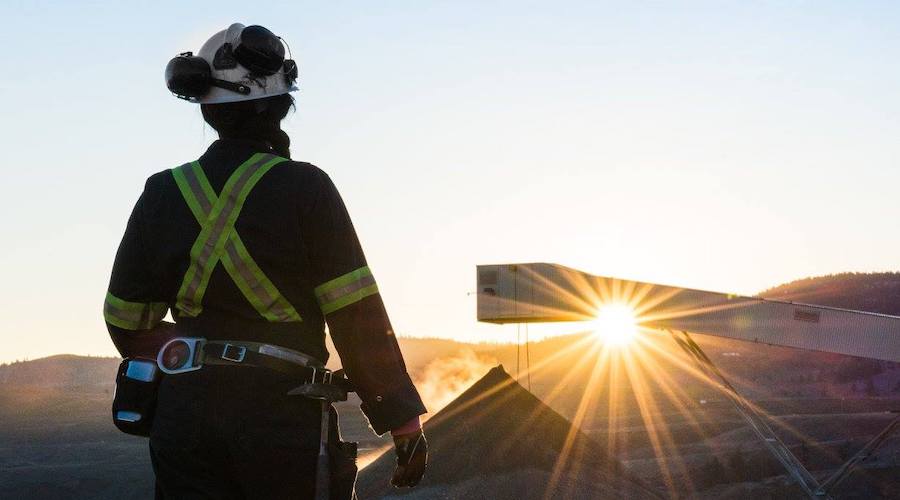Rio Tinto report shows bullying remains rife with women targeted

A new report by Rio Tinto Group showed 39% of workers surveyed by the world’s second-biggest miner had experienced bullying within a 12-month period, up from 31% in 2021.
Two years after Rio Tinto pledged to address toxic cultures that were deterring females and non-Whites from the mining industry, details from a survey of more than 10,000 employees have laid bare the challenges it still faces. The rates of sexual harassment and racism that respondents reported were unchanged from three years ago, affecting 7% of those surveyed from workers in nations including Australia, US, Canada, Mongolia and New Zealand.
“While reports of bullying increased across all genders, the largest increase between 2021 and 2024 was against women,” the report said. “This change can be explained by a range of factors including increasing retaliation in the form of gendered bullying as a response to Rio Tinto’s efforts to promote gender diversity and inclusion.”
Rio Tinto’s latest report comes after the government of Western Australia — the nation’s key resources state with massive iron ore and liquefied national gas projects — in June 2022 released its own landmark inquiry. The government report uncovered dozens of shocking cases of alleged sexual harassment and abuse of women workers at companies including BHP Group, Woodside Petroleum, Fortescue Metals Group, and Chevron Corp.
The industry has seen pressure increasing from investors, governments and society to address its impacts on local communities and the wider environment. A focus has been creating a safer work environment for women and minorities, particularly at remote mining sites where so-called Fly In-Fly Out (FIFO) staff are based for several weeks at a time.
Rio Tinto’s company-commissioned external review is the second of its kind. In 2022 it took the rare step of publishing detailed findings from a report conducted the year before that outlined a list of 26 recommendations. Now, 17 measures have been implemented, with the remaining nine still in progress.
Under-reporting issue
In its latest report, Rio Tinto said under-reporting of sexual harassment and racism remained a key issue, with just over 10% of respondents who had experienced the harmful behaviors within the 12-month period lodging a complaint.
Eight people reported experiencing actual or attempted sexual assault or rape in the year, compared with five people in 2021.
Meanwhile, First Nations people continued to report a racism at a greater rate, particularly in Australia at 39%.
“We’re at the tip of the iceberg” in regards to getting victims to report their abuse, Kellie Parker, Rio Tinto’s chief executive for Australia, said in an interview. “We are changing by the fact that we’re being transparent. We haven’t got it all, it’s not all roses, but we are prepared to listen and we are prepared to change.”
While around half of respondents reported a perceived improvement in relation to bullying, sexual harassment and racism at Rio Tinto since the first report was conducted in 2021, several respondents also shared that they were regularly told that they only got their roles because they were women and therefore not qualified for the job.
The backlash highlights the complexities facing companies with historically male-dominated workforces as they implement policies aimed at increasing the number of women employees, who are at higher risk of being targeted. Women were more likely to report bullying and were the group that had the biggest increase in reported bullying since the first report, yet the proportion of women in the company’s workforce rose only marginally, to 25% from 22% in 2022.
The survey, conducted in April and May, was open to all Rio Tinto staff and had a response rate of 17.4%.
(By Sybilla Gross)
{{ commodity.name }}
{{ post.title }}
{{ post.date }}

Comments